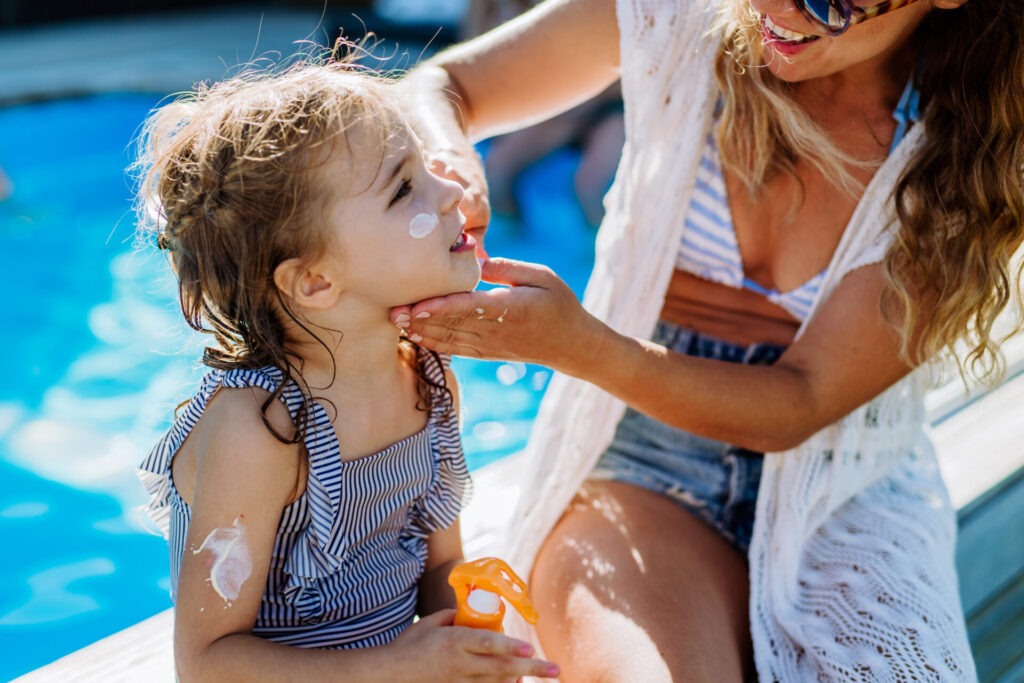I often read a book to my boys at bedtime called Hands are Not for Hitting.
Though they are just three and four, they tend to get physical, and the book encourages them to use their hands for other things, like waving, helping and holding.
“You should find one called Teeth are Not for Biting,” my four-year-old wisely suggested one evening.
In fact, that very book does exist, and I’ve started reading it to my kids. In addition to hitting, I will admit that my younger one has been known to bite as a last resort when angry or frustrated with his brother. The frequency has diminished significantly since his third birthday, but it’s one of those acts that horrifies me as a parent, and I’m never quite sure how to react.
Thankfully, I’m not alone. According to Toronto parenting coach Terry Carson, biting is normal, and is a response often linked to a natural developmental milestone of wanting more control. This need of more control or independence tends to happen at around age two.
“Toddlers are not able to communicate their needs and wants effectively, and they will quickly discover that biting, spitting and hitting are quick and efficient ways to get your attention,” says Terry. “When their needs aren’t met, this is their way of showing you.”
She stresses that biting doesn’t mean that your child is bad; it just means you have to teach them a socially acceptable way to behave when they are angry or frustrated.
“I tell moms and dads that it’s a natural response, but unacceptable behaviour. And though they can’t allow it to continue, it’s important to understand why it happens and to be patient.”
Teaching acceptable alternatives requires a multi-pronged strategy.
First thing: don’t bite back. “You need to show that all forms of aggression are unacceptable,” says Terry. Instead, she recommends changing your body language. Lower your voice. Straighten your back. Immediately and firmly say, “We don’t allow biting in this house.”
Then, try to get your child onside and find out what prompted them to bite in the first place. Play a guessing game to figure out what they were trying to achieve. “Were you upset because it’s time to get ready for bed?” you might ask. “Are you angry because you wanted milk instead of water?”
Terry suggests that parents get creative to teach acceptable behaviour through another form of communication. “Perhaps teach them a signal or sign language they can use when they are angry,” she says. “Have them put their hands on their head or teach them to fold their arms across their chest. Rewind and get your child to practise this replacement behaviour.”
She says that new behaviour needs to be taught and that parents have to use this as a critical teaching and training moment.
The final parts of the strategy: reward good behaviour. Encourage your child, listen to her and then show that you heard her. Later, reinforce the lesson with a song, a story, by talking about it or by reading about it in books. “Find fun, engaging ways to teach your child what teeth are for,” says Terry.
She warns that this type of aggressive behaviour can escalate into the teen years and become part of a power struggle if parents don’t respond properly from a young age. “You need to de-escalate the power struggle, and it’s important that parents learn how.”
As for my kids, my bedtime reading of Teeth Are Not for Biting is often accompanied by cuddling and tickling. I’m hoping that this will help the lesson sink in!
Originally published in ParentsCanada magazine, February 2014.













